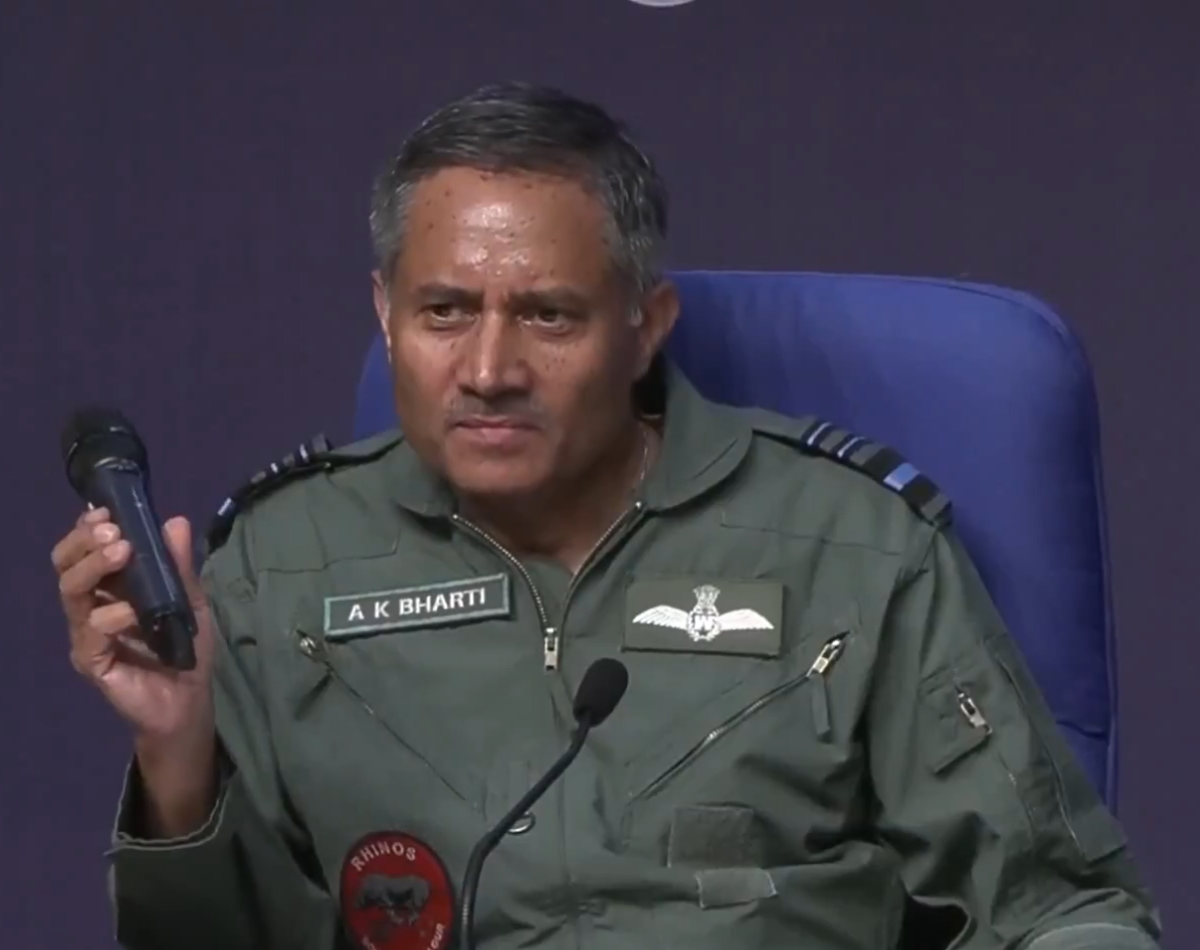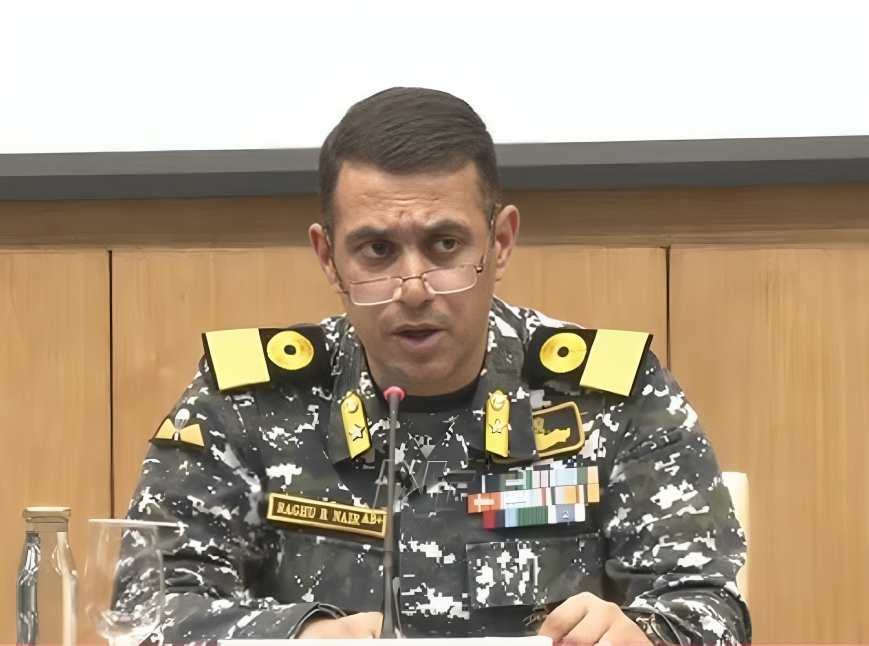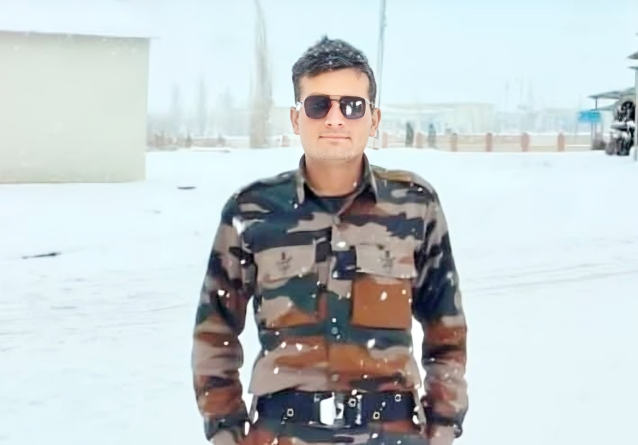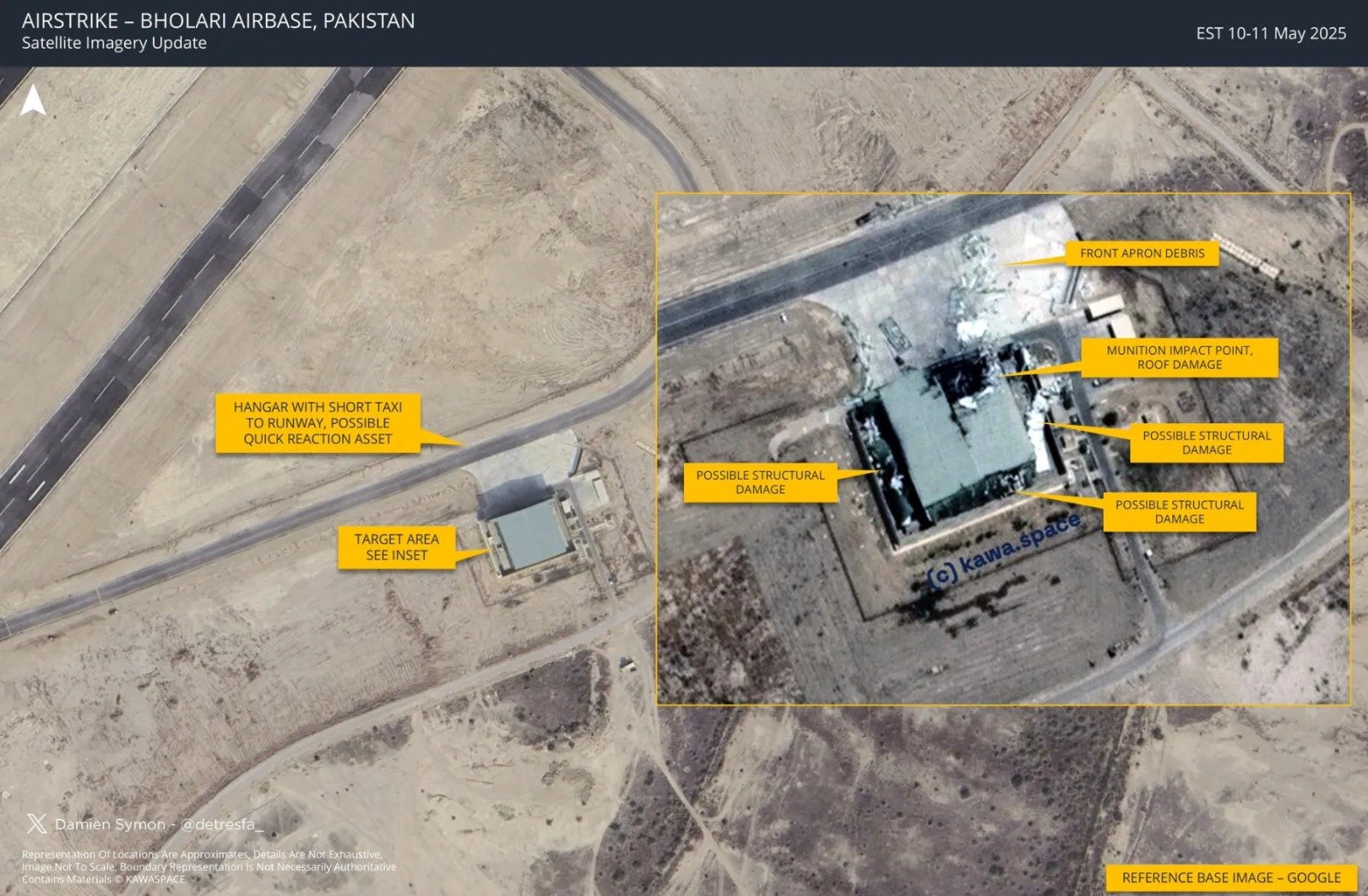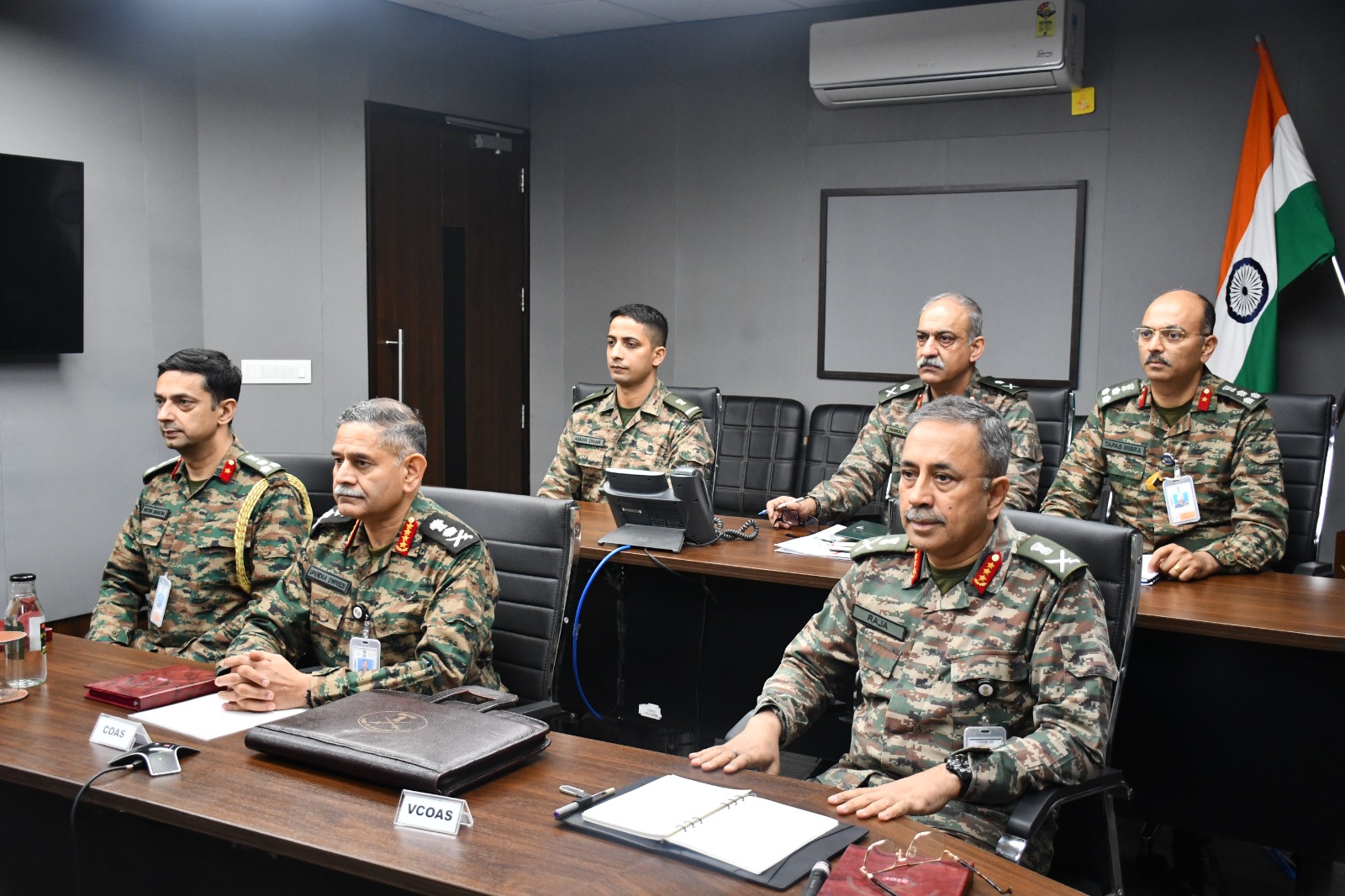Air Marshal AK Bharti Confirms Shooting Down of Pakistan’s HI TECH Aircrafts
In a significant statement amid escalating regional tensions, Air Marshal AK Bharti of the Indian Air Force confirmed that the…
Meet Commodore Raghu R. Nair: The Naval Leader Behind Operation Sindoor Briefing
Commodore Raghu R. Nair, a senior Indian Navy officer, has emerged as a prominent figure in India's military leadership during…
Haryana’s Airman Kamal Kamboj Dies in Tragic Road Accident
In a tragic incident, Airman Kamal Kamboj of the Indian Air Force lost his life in a road accident on…
Satellite Imagery Confirms Widespread Damage to Pakistan’s Air Bases
In a bold and coordinated military operation, the Indian Air Force (IAF) has struck several key airbases across Pakistan, as…
India to Present Evidence of Pakistan’s Terror Links at UNSC Next Week
In a high-stakes diplomatic offensive, India is set to present new evidence of Pakistan’s alleged involvement in cross-border terrorism at…
Operation Sindoor Not Yet Over: After Airforce, Indian Army Launches Countermeasures on Ceasefire Violation
Just hours after a ceasefire agreement between the Directors General of Military Operations (DGMOs) of India and Pakistan was announced…

